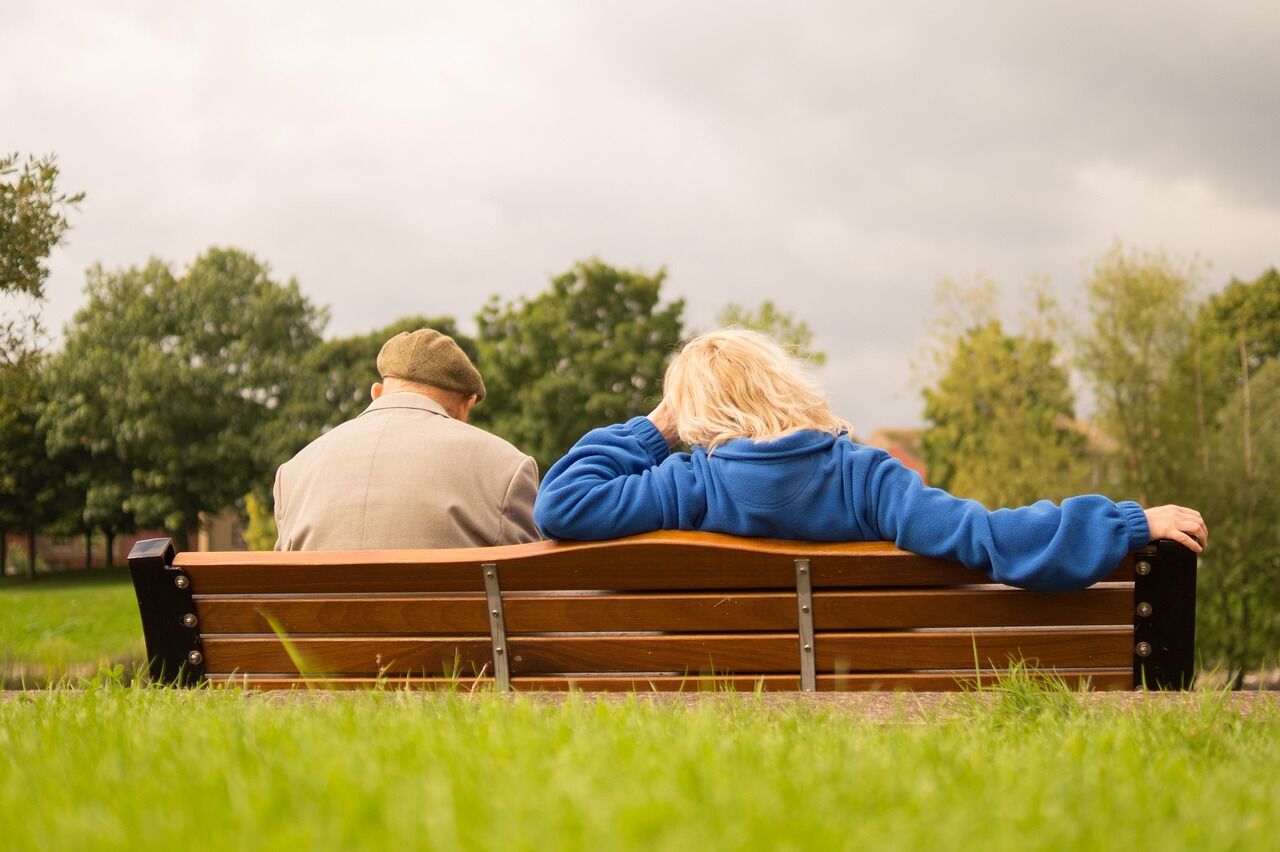SPA Sanatoriums for People 60+: Luxury or Necessity?

In an age where longevity is increasing and the population aged 60 and above is expanding globally, the conversation around senior wellness is gaining momentum. Amid discussions on healthcare, aging in place, and retirement planning, a quietly growing trend is reshaping how we view aging: SPA sanatoriums. Once considered a domain of indulgent luxury, these wellness havens are being reimagined as essential spaces for preventive care, mental well-being, and dignified aging.
More than lavish pools and pampering, today's senior-focused SPA sanatoriums combine cutting-edge medical diagnostics with holistic therapies, creating an environment where aging bodies and minds can not only rest—but reset. For many individuals past the age of 60, these institutions offer an opportunity to reclaim vitality, manage chronic conditions, and foster a deeper connection with oneself.
Holistic Healing: More Than Skin Deep
Modern SPA sanatoriums provide a multifaceted approach to wellness. Beyond massages and facials, they integrate physical therapy, thermal baths, hydrotherapy, acupuncture, and psychological support into personalized health programs. Many facilities are affiliated with medical institutions or operate under clinical supervision, allowing guests to undergo treatments that align with their unique health conditions.
For seniors managing arthritis, cardiovascular issues, or early cognitive decline, such treatments are more than recreational—they are restorative. Sessions in mineral-rich waters can alleviate joint pain, while breathing exercises and yoga improve lung capacity and flexibility. The key difference lies in intention: these are not cosmetic retreats; they are health-centric sanctuaries that address both visible and invisible ailments of aging.

Social Reconnection and Emotional Wellness
A significant yet often overlooked component of senior well-being is emotional health. Retirement, loss of a spouse, or distant family ties can lead to feelings of isolation and depression among older adults. SPA sanatoriums provide not only physical care but a sense of community. Group classes, nature walks, musical evenings, and communal dining foster organic social interactions, promoting emotional connection and decreasing loneliness.
These centers also offer structured programs for mental health: stress reduction therapy, guided meditation, art therapy, and memory-enhancing workshops. Trained psychologists are available for consultations, offering support in a non-clinical, soothing environment. In many cases, this holistic psychosocial engagement leads to a noticeable uplift in mood, outlook, and resilience.
Accessible Wellness or Elite Privilege?
The question often raised is one of affordability. Are SPA sanatoriums financially accessible to the average retiree, or are they preserved for the affluent few? The reality lies somewhere in between. While some luxury resorts offer packages that rival five-star hotels, many sanatoriums—particularly those in Eastern Europe and parts of Asia—remain surprisingly affordable and even subsidized for pensioners.
In countries like Hungary, Slovakia, and the Czech Republic, government-supported wellness centers blend traditional therapies with modern medicine at reasonable costs. Similarly, many private facilities offer insurance-covered rehabilitation stays for specific ailments. With growing recognition of preventive care’s value, there is increasing movement toward making such services available to a broader population.
"Aging gracefully isn’t a privilege—it’s a right. SPA sanatoriums help make that right a reality."
The Science Behind the Soothing
Numerous studies confirm the physiological and psychological benefits of SPA treatments for older adults. Thermal water therapies have been linked to improved blood circulation, reduction in inflammation, and enhanced skin elasticity. Meditation and controlled breathing positively impact cortisol levels, aiding in stress management. Moreover, regular movement in a relaxed setting improves sleep patterns and reduces fall risks by boosting balance and coordination.
Integrative therapies such as reflexology, aromatherapy, and balneotherapy are increasingly being prescribed as complementary to conventional treatments. This scientific validation reinforces the case for considering SPA sanatoriums as legitimate components of senior healthcare strategies—not just recreational extras.

Designing for Dignity and Mobility
One major evolution in SPA architecture is the emphasis on accessibility. Facilities are now designed with wide hallways, non-slip surfaces, elevator access, and ergonomic furniture. Trained staff assist with mobility and medical needs discreetly, allowing seniors to move with confidence and autonomy. Specialized nutrition plans, adjusted daily routines, and even sleep coaching ensure that the entire stay supports long-term well-being.
This attention to detail transforms the experience from merely relaxing to empowering. Elderly guests are not treated as patients but as individuals on a journey to restore agency over their lives. For many, the dignity of being cared for without clinical sterility is transformative.
Conclusion: A New Standard for Aging
SPA sanatoriums are rapidly transcending their image as luxury retreats. For a growing number of people over 60, they represent a critical lifeline—a bridge between independence and institutional care, between declining vitality and renewed purpose. They offer a rare fusion of health, dignity, and joy at a stage of life too often defined by decline.
As societies grapple with the challenges of aging populations, these sanctuaries of wellness may well become the new normal. With the right policies and awareness, SPA sanatoriums could shift from optional indulgence to expected standard—redefining what it means to grow old with grace, wellness, and community.
